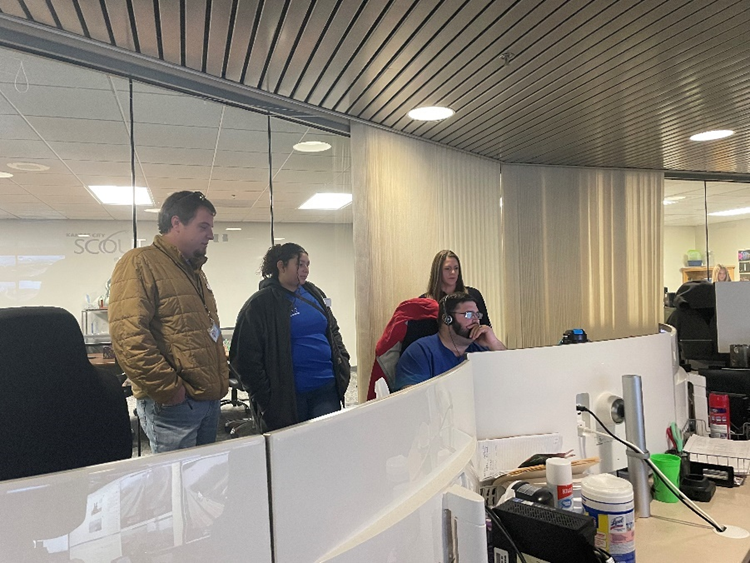Traffic Incident Management training course
Several KC Scout employees recently participated in a Traffic Incident Management (TIM) Responder Training Program. This training was developed by responders for responders and helps educate individuals on responder safety, safe and quick clearance, and prompt, reliable, interoperable communications.
Although the course was developed for responders, anyone who drives a motor vehicle plays a role in traffic incident management and would benefit from this information.
"It is my hope that individuals develop an understanding of what actually happens on the roadway, especially at incident scenes. Including how they can either be a part of effective traffic incident management or how they’ve hindered it in the past," explains Incident Management Coordinator Marcus Slaughter.
The class is about four hours in length and helps equip emergency responders with the core competencies required to safely and effective respond to highway incidents.
One of the KC Scout employees who took the course was Senior Communications Specialist Lairyn McGregor who had a unique perspective on traffic incident management compared to others in the course.
"As a member of the MoDOT and KC Scout communications team, I have never experienced an incident first hand. My role in traffic incident management is to report on incidents and their impacts on the traveling public. It was eye opening to see just how much work and quick thinking goes into clearing incidents on the ground," she explains.
"We rely on the information that responders and cameras provide to the traffic management center to effectively alert motorists in the area. We use various channels such as press releases and social media to get this information out there to hopefully help divert traffic to the area and prevent secondary crashes or incidents," says McGregor.
When it comes to traffic incident management, everyone has a role to play. In 2022, the group hopes to expand this training to local DOTs in the hopes of instilling the ideas of TIM at the very beginning of the design process. In doing so, hopefully work zones and improvements to roadways in the metro will be safer for all motorists and emergency responders.




Comments
Post a Comment